Many Athens residents live in food deserts. And according to Feeding America, almost 20% of residents in Clarke County were living in food insecurity as of 2023. But the Food Bank of Northeast Georgia is leading the charge to not only feed every mouth, but to do so sustainably.
Athens-Clarke County is home to bustling college students from the state of Georgia and beyond. But outside of campus and university life, there is another community, much of which is struggling to put food on the table.
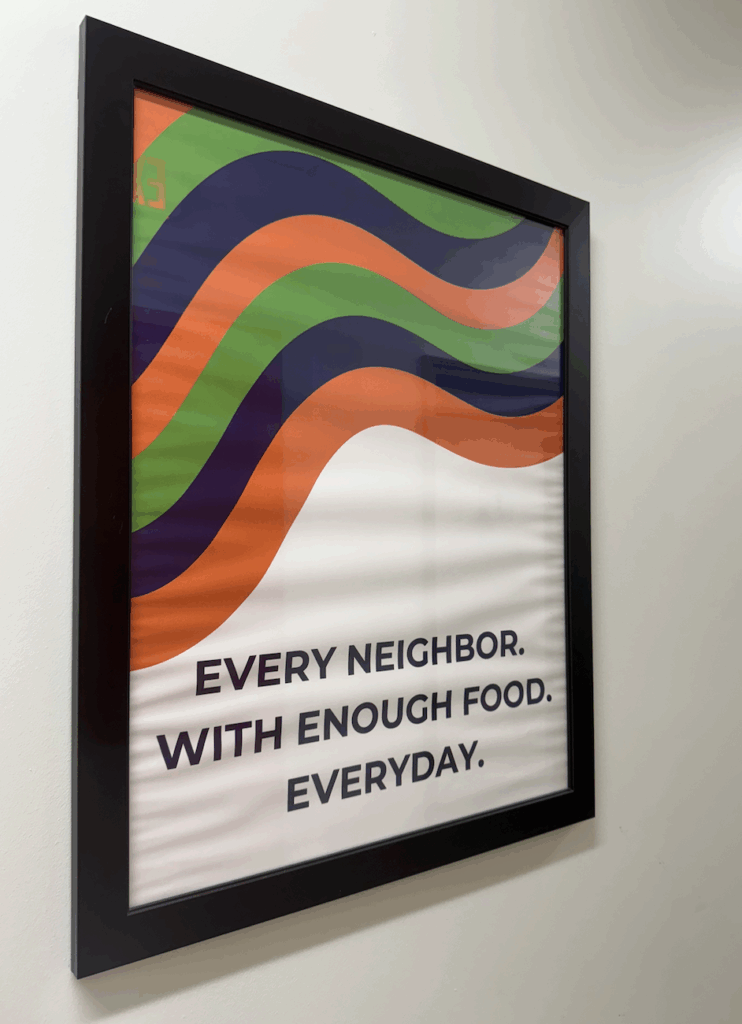
“It’s a hard community for people to necessarily get their foot in the door with jobs that can help them support their family and have somewhere to grow,” said University of Georgia research scientist Jennifer Jo Thompson. “If you’re working retail jobs, fast food jobs, and so on, it’s hard to make enough to support a family, so then we end up with a large component of our community stuck in a cycle of food insecurity.”
Putting food on the table is one step, but providing healthy, nutritious meals poses another challenge to creating a sustainable food lifestyle.
With grocery stores or mobile markets out of reach, residents often rely on fast food options as the quickest and easiest form of food. This lack of access to fresh produce and whole foods contributes to higher rates of obesity, diabetes and other diet-related health conditions in these communities.
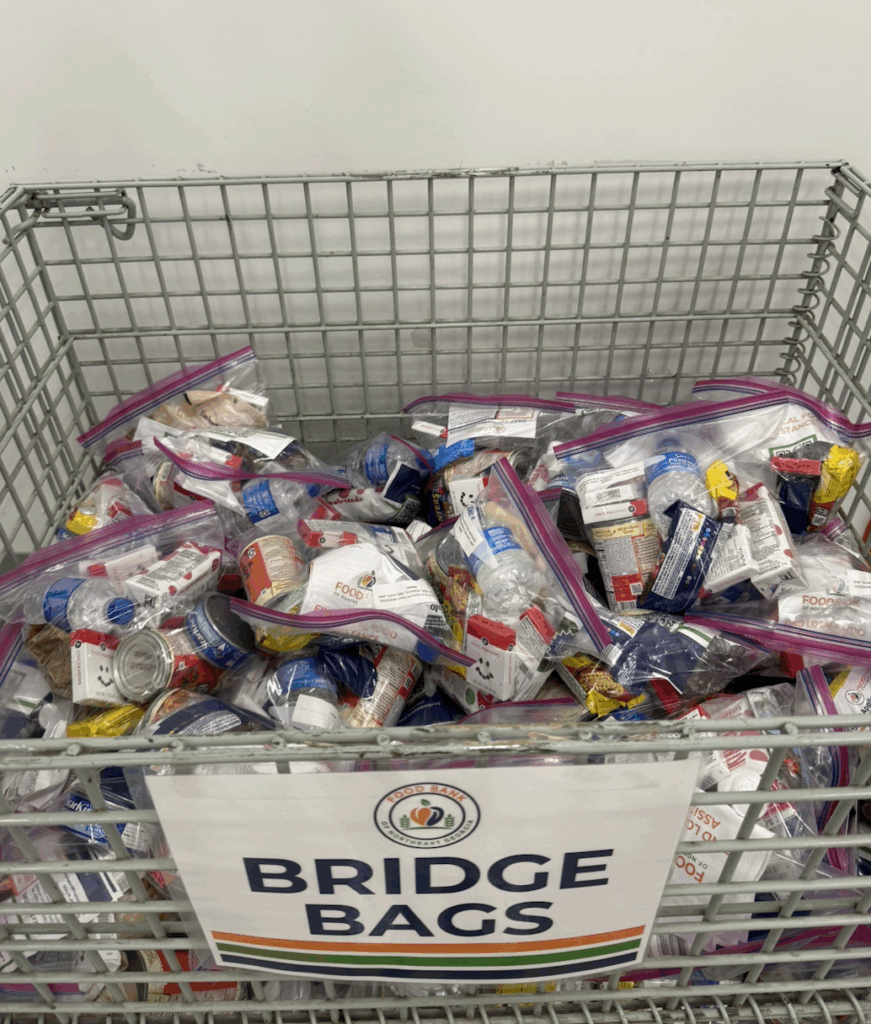
“A socially sustainable food system is one that’s safe, healthy, connected and gives people agency. And in the context of food insecurity, we see all of those things squeezed,” Thompson said. “People have to make decisions to buy cheaper food, of lower quality, maybe less fresh food, less desirable food. People lose that opportunity to make decisions based on cultural preference, based on taste preference, based on health.”
With a warehouse located just north of Athens, the Food Bank of Northeast Georgia is just one of many nonprofits working to address this issue. They help every food-insecure neighbor in 15 counties across North Georgia, specifically through their volunteer center, which includes organizing, packing food bags or sorting donations.
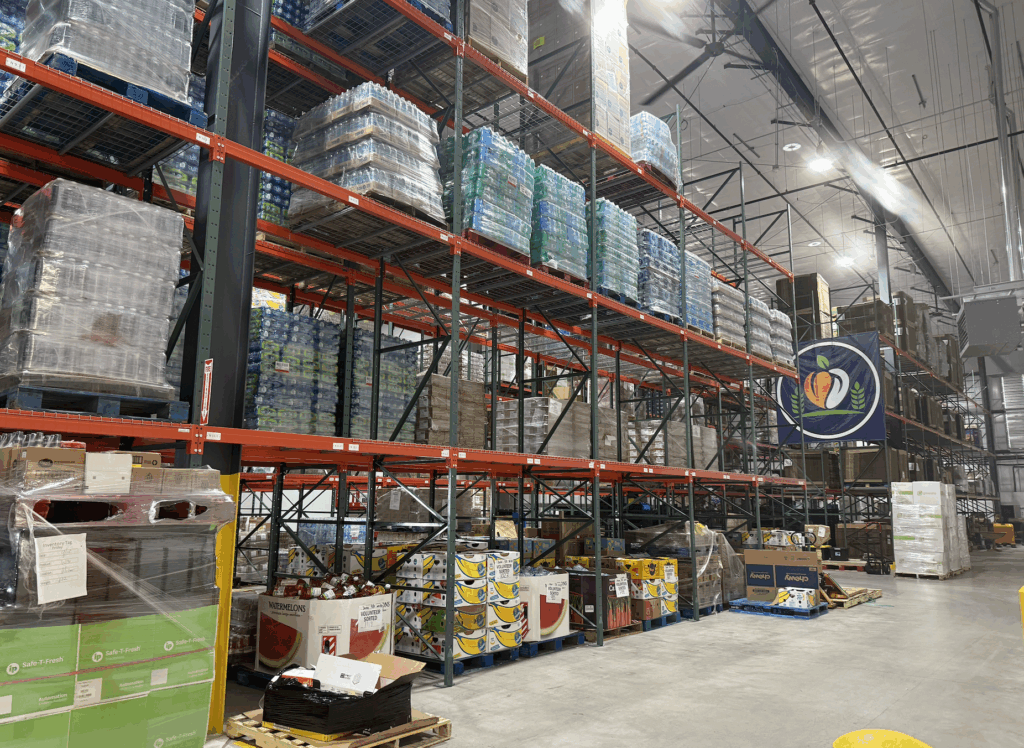
“Our mission is to distribute nourishing food to our neighbors. We call our neighbors, the general public, people that we serve,” said Solomon Smothers, director of member relations for the food bank. “The tagline for that is every neighbor with enough food every day. So it’s a very simple mission. But the actual process of distributing as much food as we do is anything but simple.”
While organizations like the food bank do their best to decrease food insecurity and address sustainability issues, some solutions are out of their control.
“It’s the kind of solution that tries to address a household’s need this week, this month, and we need that. But that isn’t changing the fact that these households aren’t able to access the kinds of food that they need on a regular basis through their own resources and income,” Thompson said. “That is going to take a solution that kind of goes beyond some of the things within the food bank’s scope. That’s things like, you know, a livable living wage. That’s things like helping with more affordable housing.”
But the food bank is doing what it can with the resources they have. With many of their members living in food deserts, they must get creative in how to distribute their food.
They are serving residents through farmers’ markets, member distribution trucks and other forms of service. The logistical side of the food bank is constantly thinking about how locations of mobile pantries, specifically, can make their neighbors’ lives easier.
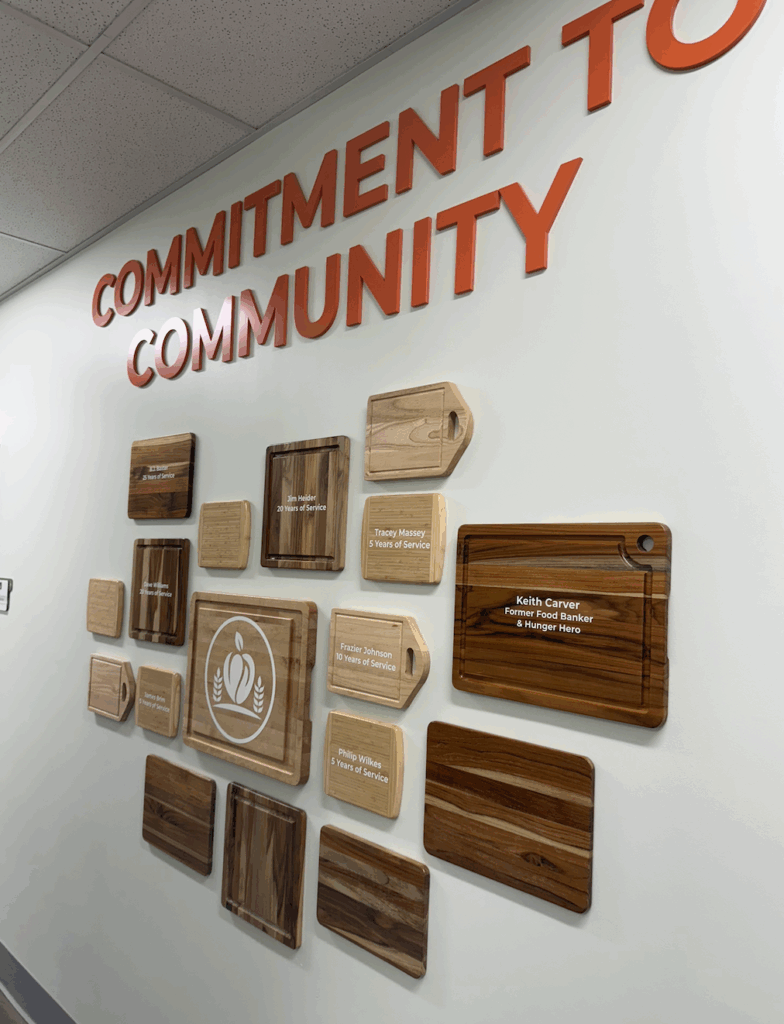
“We’re thinking a lot about where the members are, where maybe a mobile pantry might be, and the timing of it in relationship to what we think we understand about the community and the need,” said Smothers. “It’s thinking, can we get one that’s closer here? That makes these people have to go for less far to do something. Or can we make sure that if this one is on the first Tuesday and this one’s on the third Tuesday, maybe we can get something on like the fourth Tuesday over here.”
Through relationships with local farmers, the food bank can provide sustainable food options for its neighbors. So in a situation where some may rely on cheap, fast food to fuel their bodies, the food bank is helping change that meal choice.
By meeting neighbors where they are, the Food Bank of Northeast Georgia is proving that while the causes for food insecurity are complex, local action and collaboration can lay the groundwork for lasting, sustainable change.
Elizabeth Isakson is a senior majoring in journalism.


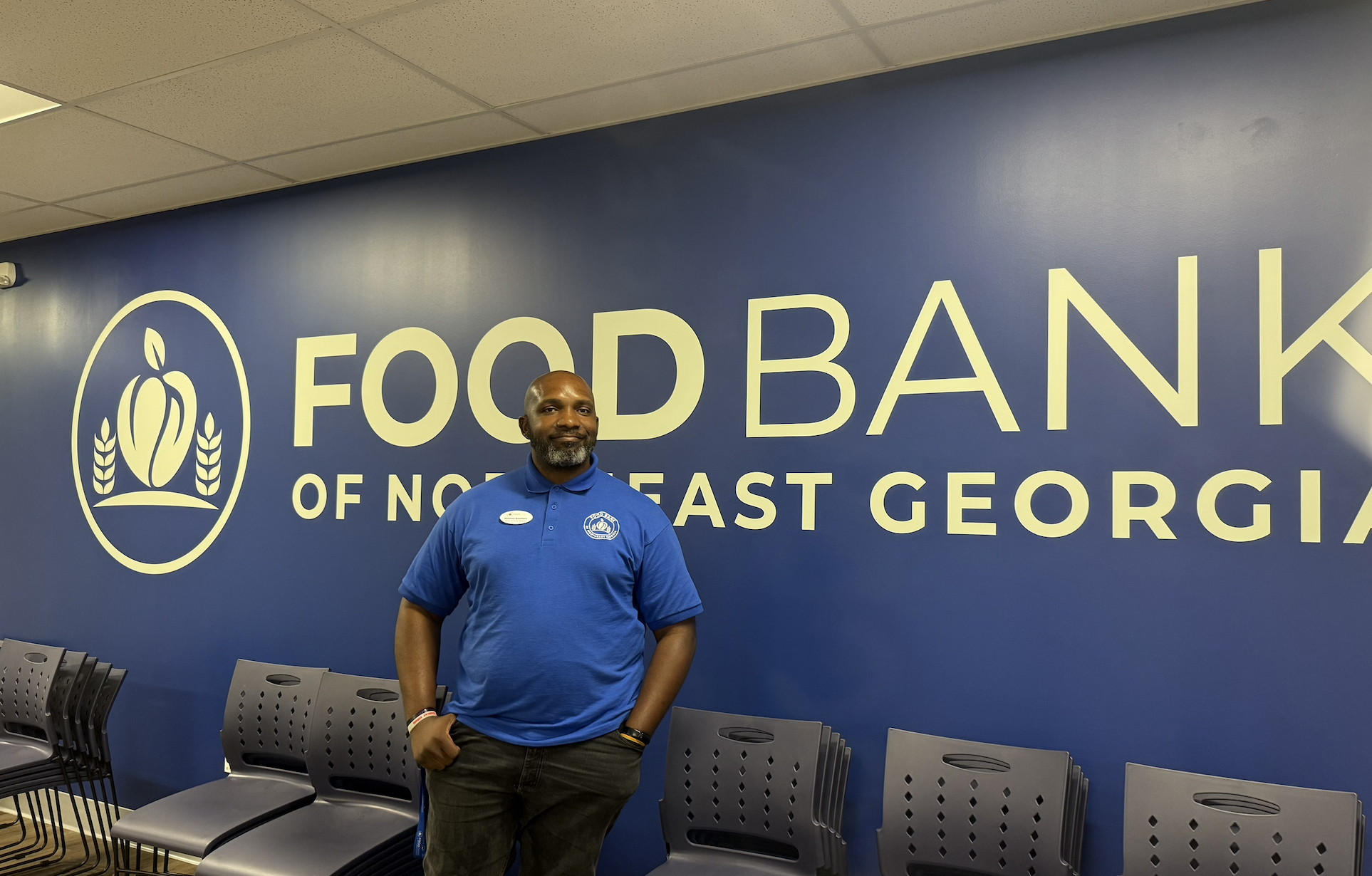






Show Comments (0)